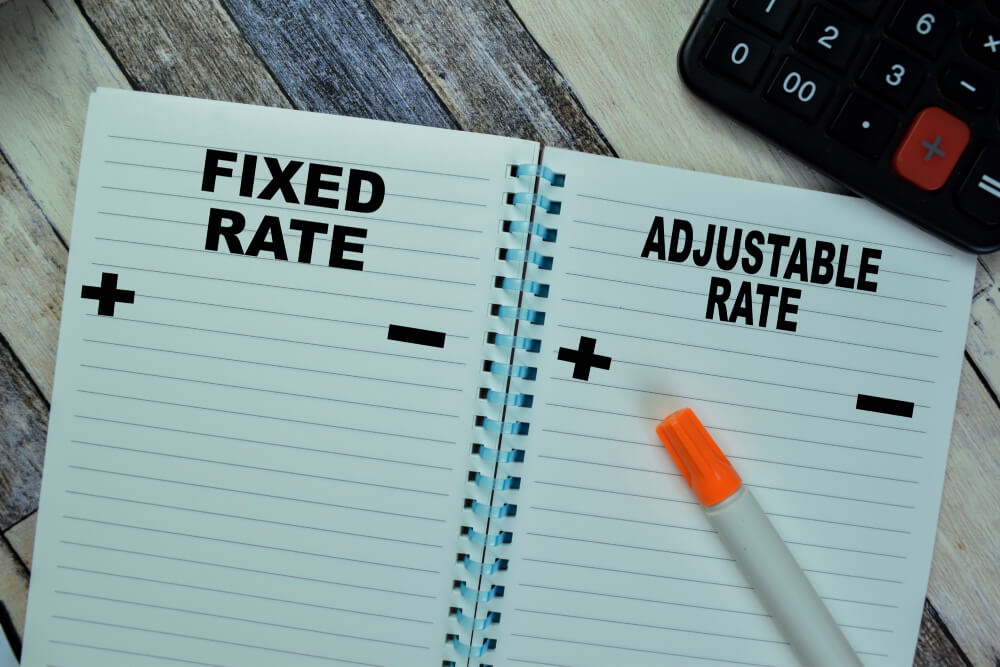
Paying off your mortgage is a significant financial milestone, marking the culmination of years of hard work and financial discipline. However, it’s essential to ensure that your property title reflects this accomplishment by verifying the release of the mortgage lien. Understanding the process of ascertaining lien release is crucial for safeguarding your property rights and ensuring a clear title.
The first step in verifying the lien release is to obtain a copy of the satisfaction of mortgage document from your lender. This document confirms that your mortgage has been paid in full and that the lien on your property has been released. Your lender is typically responsible for filing this document with the appropriate county or municipal office, where it becomes part of the public record.
Once you have obtained the satisfaction of the mortgage document, carefully review it to ensure that all details are accurate and complete. Please pay close attention to the property description, loan amount, borrower information, and the signature of the lender or their authorized representative. Any discrepancies or errors should be promptly addressed with your lender to ensure the document is corrected and adequately recorded.
After confirming the accuracy of the satisfaction of the mortgage document, it’s essential to verify that it has been recorded with the appropriate government office. In most cases, this will be the county clerk’s office or the recorder of deeds office in the county where your property is located. Contact the relevant office or search their online records to confirm that the lien release has been properly recorded and that your property title reflects the satisfaction of your mortgage.
Verifying lien release is crucial for protecting your property rights and ensuring that you have a clear title to your home. A clear title is essential for selling or refinancing your property in the future, as it demonstrates that there are no outstanding liens or claims against the property. By following this guide and diligently verifying lien release after paying off your mortgage, you can enjoy the peace of mind that comes with knowing that your property ownership is secure and free of encumbrances.




